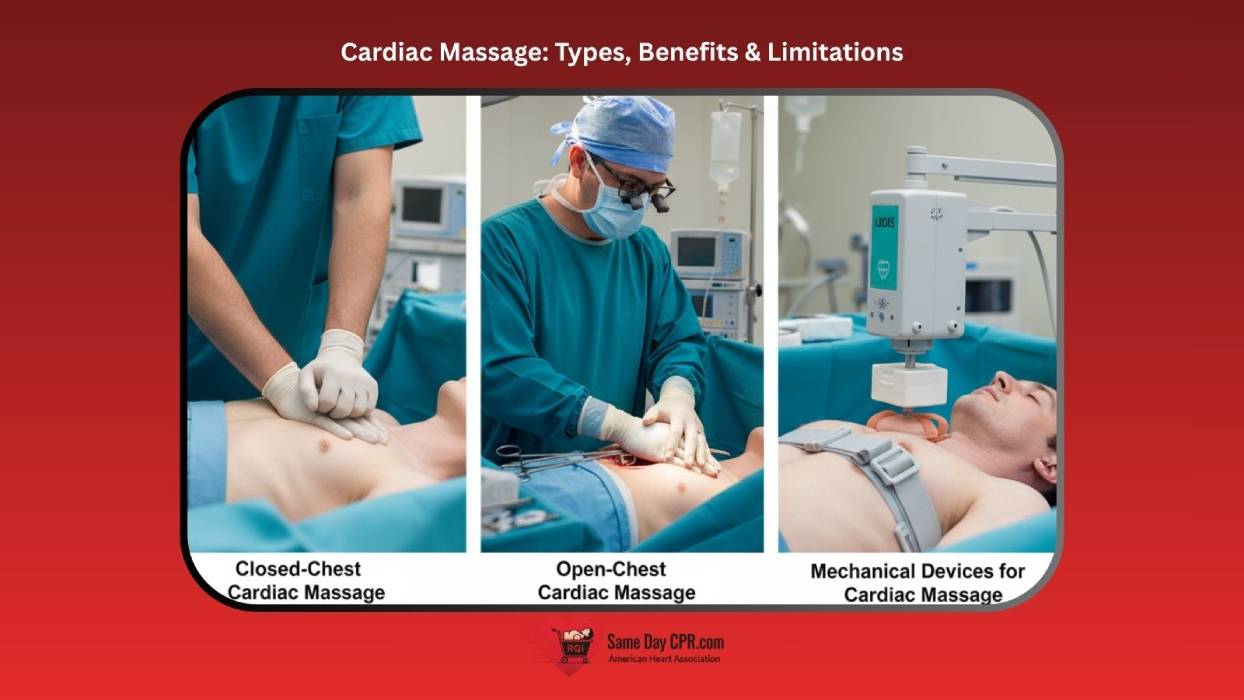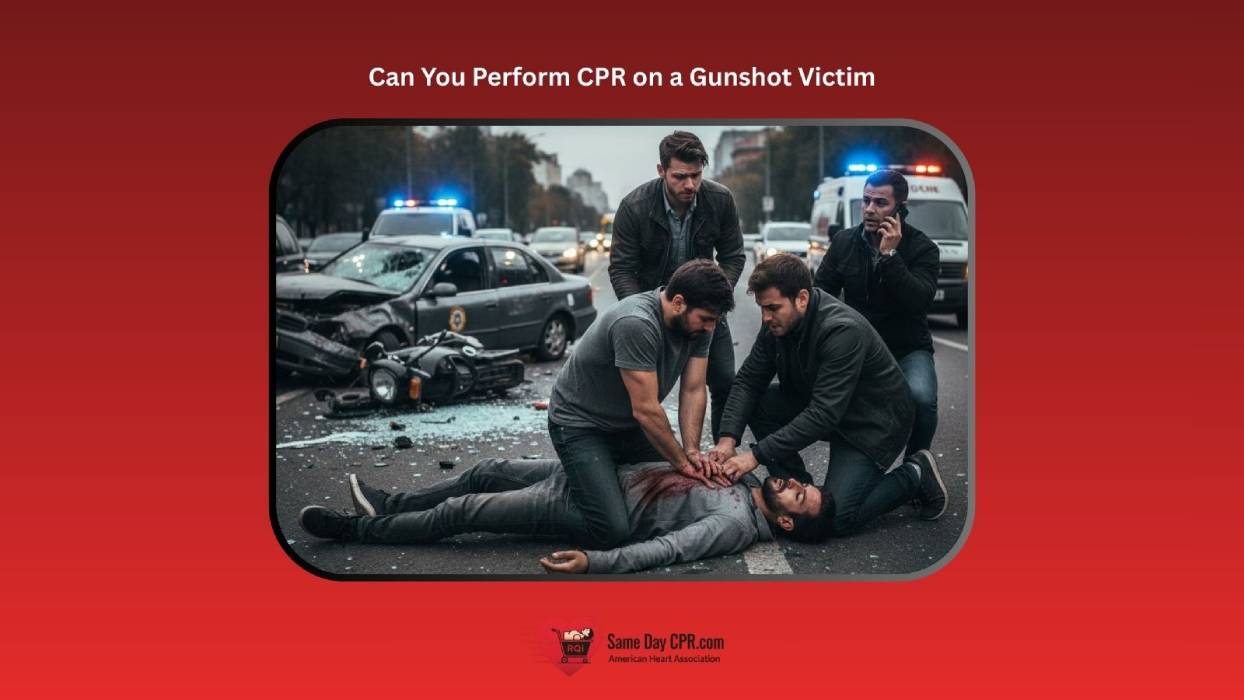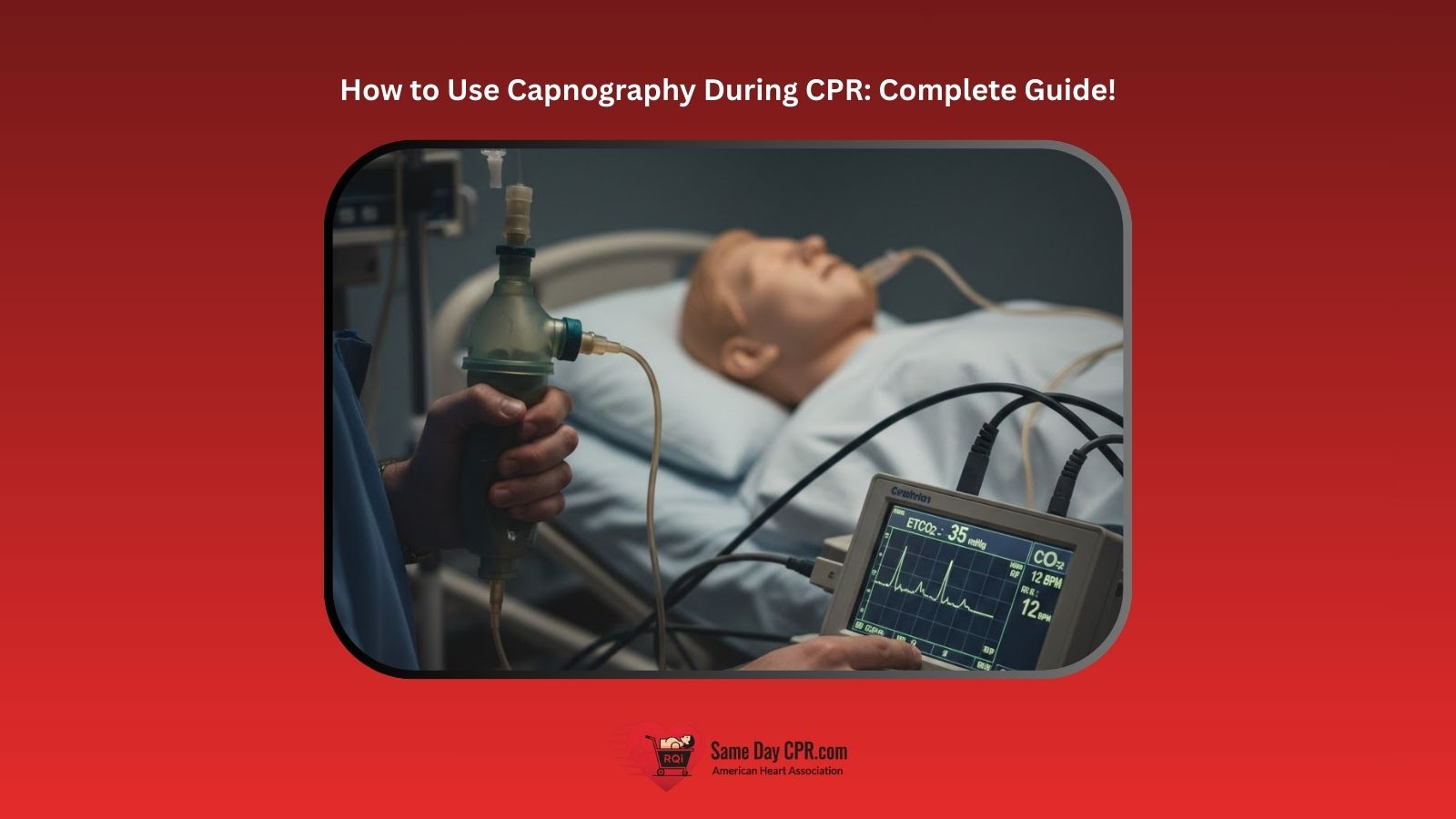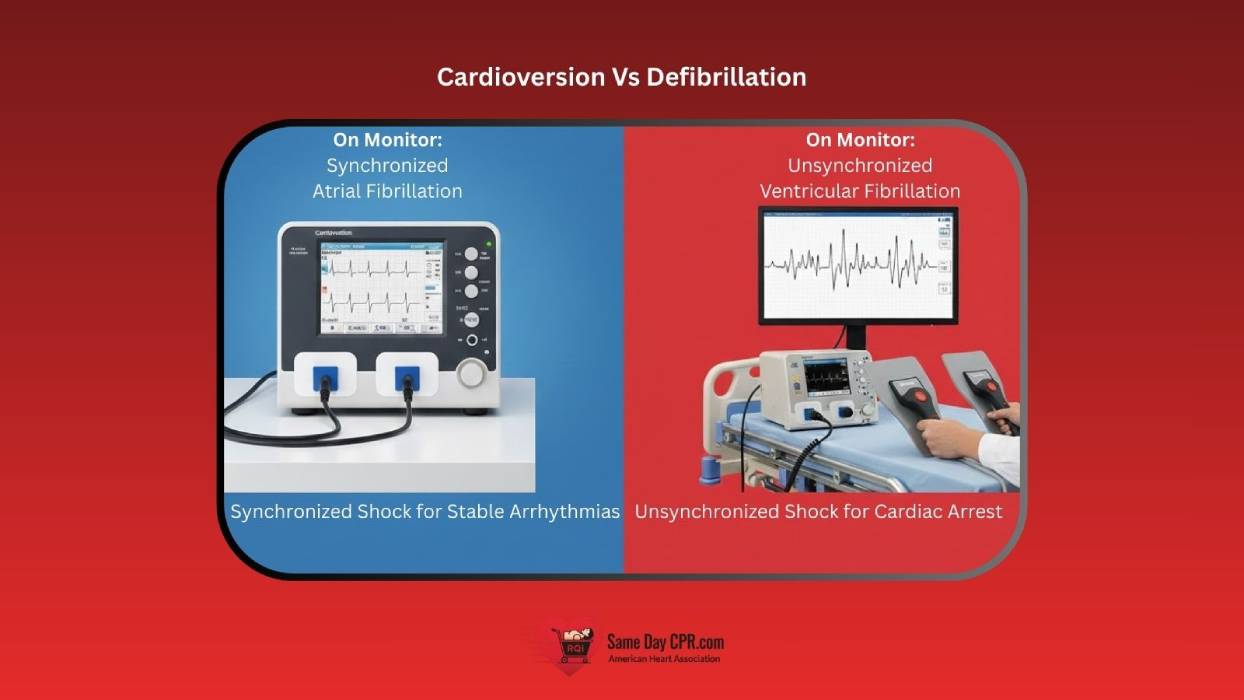Cardiac massage is a life-saving technique used to manually help the heart pump blood when it cannot do so on its own, such as during cardiac arrest or severe heart injury. Its primary goal is to maintain circulation to vital organs, ensuring oxygen delivery to the brain and other critical tissues until advanced medical care can restore normal heart function. There are two main types: external, performed through the chest, and internal, which involves direct contact with the heart during surgery or trauma care. By compressing the heart, cardiac massage generates the pressure needed to move blood through the body, giving patients a crucial chance to survive. This article will guide you through how each type works, the benefits they provide, and the limitations to be aware of, providing a clear understanding of this essential emergency procedure.
Types of Cardiac Massage
Cardiac massage comes in different forms, each designed to help the heart pump blood in critical situations. Understanding the types can help you see when and how each is used.
1. External or Closed-Chest Cardiac Massage
Closed-chest cardiac massage is the most common form. It involves pressing on the chest in a rhythmic way to compress the heart between the sternum and spine. This technique is widely used during CPR (cardiopulmonary resuscitation) in pre-hospital settings, such as at home, in public places, or in ambulances. Its main advantage is that it can be performed quickly without surgery, but it can be physically demanding and may cause rib fractures or other injuries if done improperly.
2. Internal or Open-Chest Cardiac Massage
Open-chest cardiac massage is performed directly on the heart during surgery or in cases of severe trauma. The chest is opened so the heart can be manually compressed, which allows for stronger and more effective pumping than external massage. It is usually preferred in operating rooms or emergency surgical situations. While it provides better circulation, it requires specialized training, a sterile environment, and carries the risks associated with surgery.
3. Mechanical Devices for Cardiac Massage
Mechanical devices for cardiac massage have become more common in recent years. Devices such as LUCAS or AutoPulse perform automatic chest compressions, maintaining a consistent rhythm and depth that can be difficult for humans to sustain over time. These machines are especially useful during long transports or when medical staff are limited. While they reduce fatigue and ensure steady compressions, they can be costly, require setup time, and are not always available in every setting.
Benefits of Cardiac Massage
Cardiac massage helps the heart keep blood flowing when it cannot pump on its own. It plays a key role in saving lives during emergencies and critical moments.
1. Immediate Restoration of Blood Flow to Vital Organs
Cardiac massage helps maintain circulation when the heart is unable to pump effectively on its own. By compressing the heart (externally or internally), it forces blood into the brain, heart, and other critical organs, buying crucial time until normal cardiac function can be restored.
2. Increases Survival Chances in Cardiac Arrest
Prompt cardiac massage during cardiac arrest significantly improves the likelihood of survival. Studies show that early initiation of chest compressions can double or even triple survival rates in certain scenarios, especially when combined with defibrillation and advanced life support.
3. Supports Oxygen Delivery to Tissues During Critical Periods
Even when the heart is not beating normally, cardiac massage helps deliver oxygen-rich blood to tissues. This temporary support can prevent irreversible organ damage, particularly in the brain, which is highly sensitive to oxygen deprivation.
4. Comparison of Effectiveness: External vs. Internal Cardiac Massage
- External (Closed-Chest) Cardiac Massage: Non-invasive and rapidly deployable, ideal for pre-hospital emergencies. However, it generates only 25–30% of normal cardiac output.
- Internal (Open-Chest) Cardiac Massage: Provides more effective circulatory support, generating near-normal cardiac output, but requires surgical access and is limited to hospital or operating room settings.
Limitations and Risks of Cardiac Massage
While cardiac massage can save lives, it cannot fully replace a healthy heart. It also carries risks and requires careful use to avoid injury or complications.
- Cardiac massage produces less blood flow than a healthy heart, so circulation is never fully restored
- External or closed-chest massage can cause rib fractures, bruising, or internal injuries
- Internal or open-chest massage carries surgical risks such as infection, bleeding, or damage to nearby organs
- Cardiac massage is temporary and often requires advanced interventions like defibrillation, medications, or surgery to restore normal heart function
- Awareness of these risks helps medical teams take appropriate precautions
Clinical Considerations for Cardiac Massage
Successful cardiac massage depends on acting quickly and using the right technique. It works best alongside other treatments and requires proper training to keep patients safe.
- Cardiac massage should be started promptly in cases of cardiac arrest or severe heart failure.
- It may not be appropriate in situations where the patient has irreversible injuries or contraindications.
- Cardiac massage works best when combined with other interventions, such as defibrillation, medications, or advanced airway support.
- Proper training and technique are essential to maximize effectiveness and minimize injury.
- Continuous monitoring is needed to determine when to continue, modify, or stop compressions.
Key Takeaways on Cardiac Massage
In short, cardiac massage is a vital emergency tool that can give the heart a chance to keep blood flowing when it cannot pump on its own. Each type, whether external, internal, or mechanical, has unique benefits and suits different situations. While it cannot replace a healthy heart and carries some risks, using it correctly can save lives and support critical organs until advanced care is available. Understanding how it works and knowing when to apply it helps medical teams act quickly and confidently, giving patients the best possible chance of survival.








